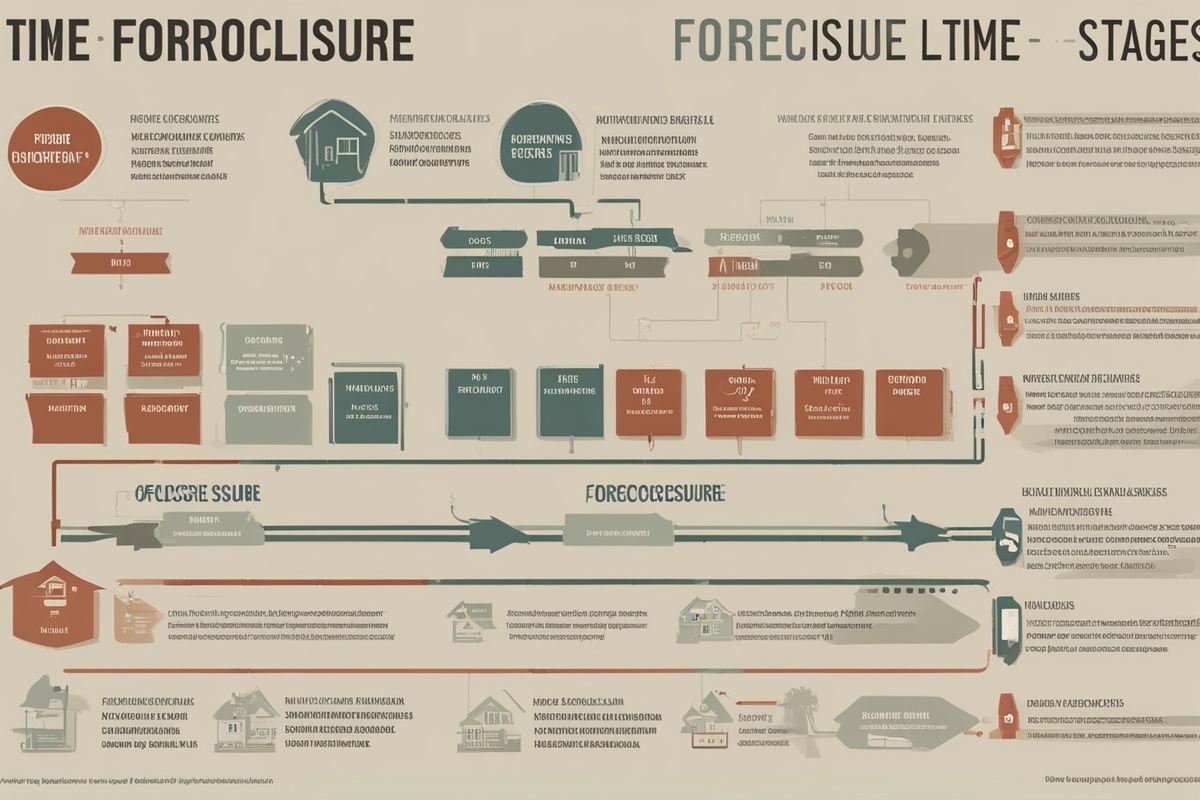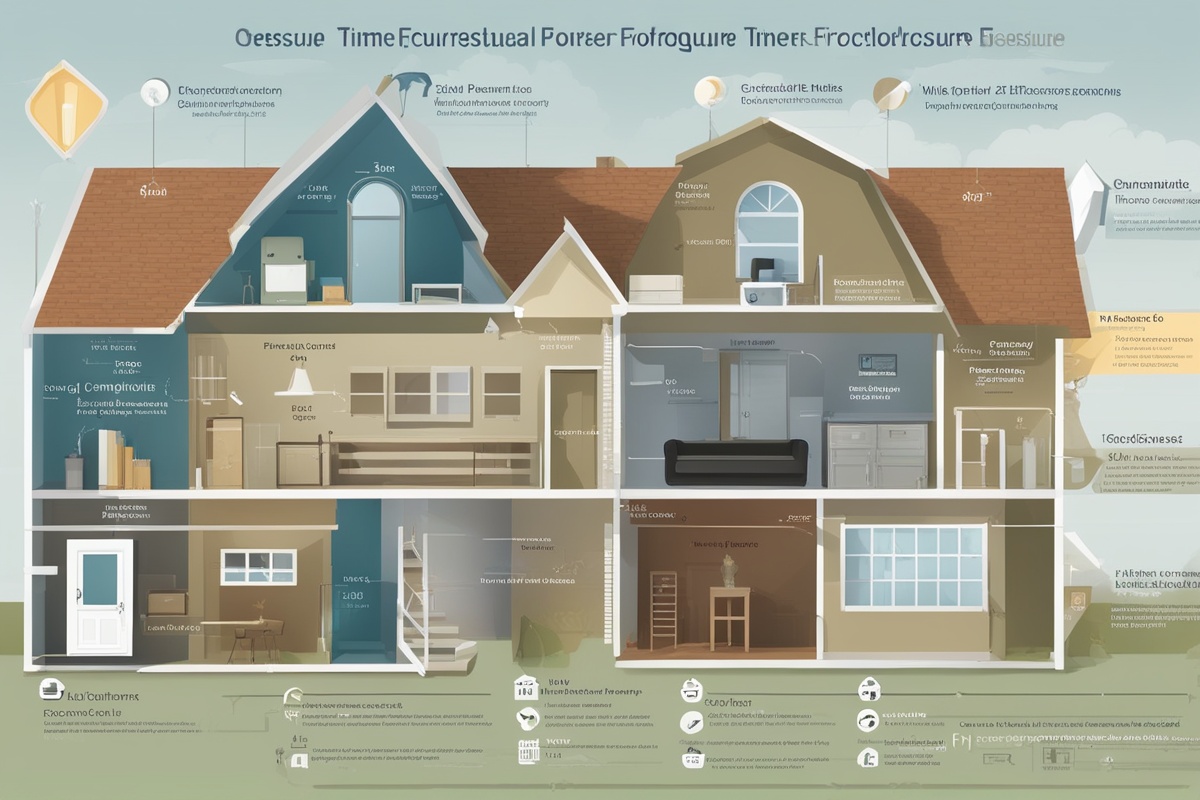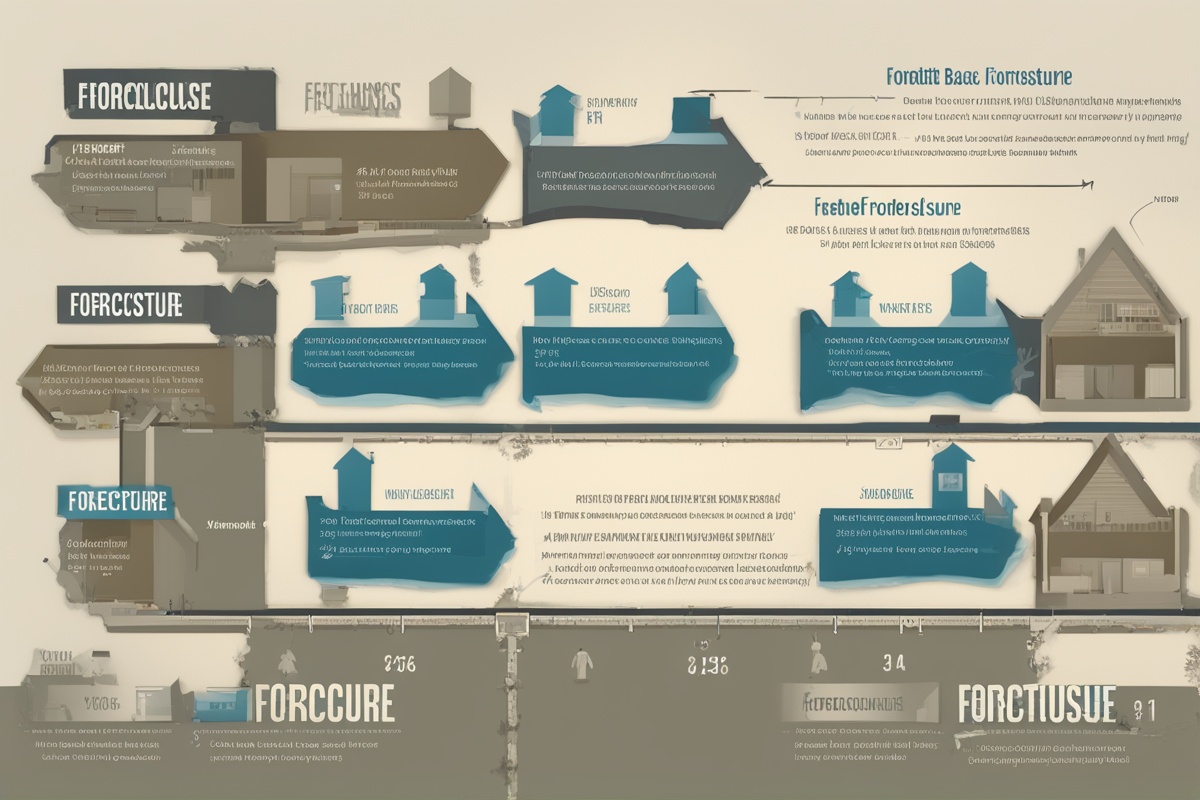Home repossession is a distressing process that many homeowners may face during financial hardship. When mortgage payments are missed, lenders may initiate repossession to recover their investment. Understanding home repossession stages is crucial for homeowners to navigate this challenging situation, potentially avoid losing their property, or at least prepare for the inevitable. This comprehensive guide breaks down the key phases of home repossession, offering insights into what to expect and how to respond at each step.
What Is Home Repossession?
Home repossession, often referred to as foreclosure in some regions, is the legal process by which a lender takes back a property from a borrower who has failed to meet the terms of their mortgage agreement, typically due to missed payments. Understanding home repossession stages begins with recognizing that this is not an overnight event but a structured process with multiple opportunities for intervention. Lenders are often required to follow strict legal guidelines, and homeowners may have rights and options to explore during this time.
Stage 1: Missed Payments and Initial Notices
The first stage of home repossession begins when a homeowner misses one or more mortgage payments. Lenders typically send a notice of default or a late payment reminder after 30 to 60 days of non-payment. This notice serves as a warning that the account is delinquent and often includes information on how to bring the account current. At this point, it’s critical to communicate with the lender. Many offer hardship programs or payment plans to help avoid further escalation. Ignoring these notices can accelerate the process toward repossession.
For more information on dealing with missed payments, check out our detailed guide on managing mortgage defaults.
Stage 2: Pre-Foreclosure or Grace Period
If the homeowner fails to resolve the missed payments, the lender may move into a pre-foreclosure stage, which can last anywhere from 30 to 120 days, depending on local laws. During this period, the lender files a formal notice of default, which becomes a public record. This stage is often seen as a last chance for the homeowner to rectify the situation through options like loan modification, a short sale, or catching up on payments. Understanding home repossession stages means recognizing that pre-foreclosure is a critical window for action.
Learn more about loan modification options in our article on loan modification basics.
Stage 3: Formal Foreclosure Proceedings
If no resolution is reached during pre-foreclosure, the lender will initiate formal foreclosure proceedings. This stage varies widely depending on whether the process is judicial (handled through the court system) or non-judicial (handled outside of court, based on a deed of trust). In judicial foreclosure states, the lender files a lawsuit, and the homeowner is served with legal documents. In non-judicial states, the lender may issue a notice of sale. This stage can take several months, during which the homeowner may still have options to contest the foreclosure or negotiate with the lender.
Stage 4: Auction or Sale of the Property
Once foreclosure proceedings are complete, the property is typically sold at a public auction to the highest bidder. The lender often sets a minimum bid to cover the outstanding loan balance, fees, and costs. If no one bids above this amount, the property reverts to the lender as a real estate owned (REO) asset. Homeowners should be aware that they may still be responsible for any deficiency balance if the sale price does not cover the full debt. Understanding home repossession stages includes preparing for the potential financial repercussions post-auction.
For tips on dealing with deficiency balances, read our post on handling deficiency balances after foreclosure.
Stage 5: Eviction and Post-Foreclosure Consequences
After the property is sold, the new owner—whether a third party or the lender—will take possession. If the original homeowner has not already vacated, an eviction notice will be issued. This final stage of home repossession can be emotionally and financially draining. Additionally, the foreclosure will impact the homeowner’s credit score for up to seven years, making it harder to secure loans or housing in the future. However, there are ways to rebuild credit and financial stability over time, and understanding home repossession stages can help in planning for recovery.
Options to Avoid or Mitigate Repossession
At various points in the repossession timeline, homeowners have options to prevent or mitigate the loss of their home. These include applying for a loan modification, requesting forbearance, negotiating a deed in lieu of foreclosure, or pursuing a short sale. Each option has its pros and cons, and eligibility depends on the lender’s policies and the homeowner’s financial situation. It’s also advisable to seek legal or financial counseling to explore state-specific protections. For additional resources, explore our guides on foreclosure alternatives and state-specific foreclosure laws.
Disclaimer: The information provided in this article is for general informational purposes only and should not be considered legal or financial advice. Home repossession laws and processes vary by state and country, and individual circumstances can significantly impact outcomes. We strongly recommend consulting with a qualified attorney, financial advisor, or housing counselor to discuss your specific situation and explore all available options.
References
- Consumer Financial Protection Bureau – What is Foreclosure?
- U.S. Department of Housing and Urban Development – Avoiding Foreclosure
- Federal Reserve – Foreclosure Resources for Consumers
- Nolo – Understanding the Foreclosure Process
- Fannie Mae – Homeowner Support Resources
This content is for informational purposes only and not a substitute for professional advice.





